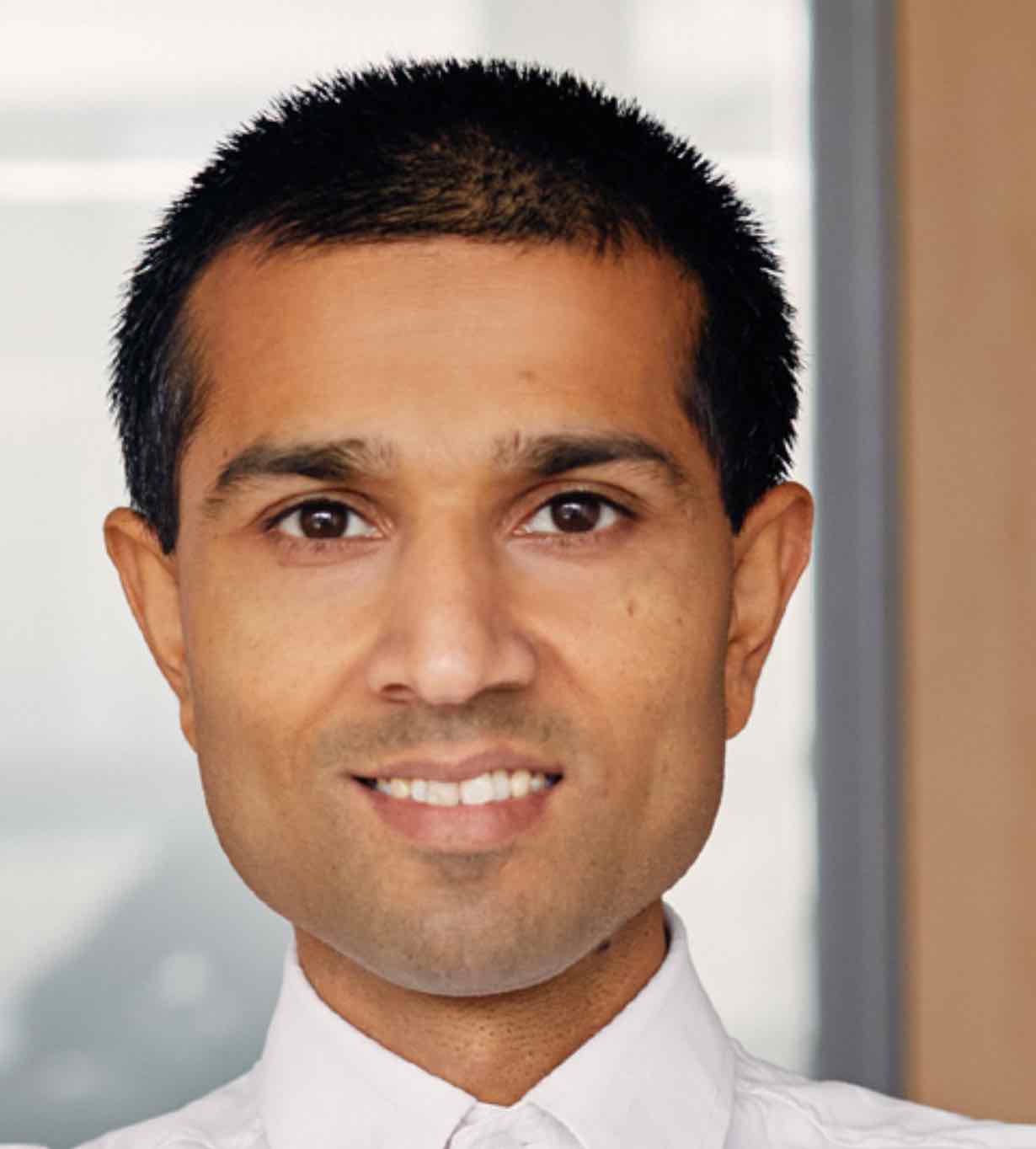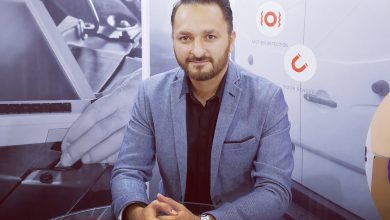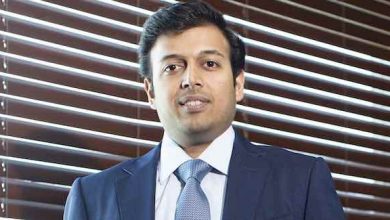Building affordable electric motorcycle loaded with features

Telematics Wire in discussion with Rahil Gupta, Co-Founder at Hop Electric explores how startups in electric two wheeler manufacturing are navigating their way forward, particularly when some(or just few) of the these startups would emerge as truly an electric two wheeler manufacturer at scale.
Q: Rahil, to begin with, can you tell about your journey in this electric mobility industry?
I started my first business when I was 17. It was just my curiosity to learn business, and how their owners operate. When I was in college I wanted to do something in the climate space, that’s where the idea of electric vehicle and going into electric vehicle came. With so many calamities due to climate change, I felt electric vehicle can change that. So that’s where I launched my first startup, right out of college.
That was building the first electric super bike in India, and we launched that in Auto Expo 2018. It received good attention, and we got good orders. But we could not scale it because of nuances in manufacturing, finance, etc. We had to shut it down.
Then I launched my second startup realising a real gap in the market that anything and everything is getting delivered on two-wheelers but there is no commercial electric two-wheelers. The benefit of electric two-wheeler is that if you ride it more, it will save you more. Because the cost of running electric vehicle is one tenth of running a petrol vehicle. The benefits really come along when you use them in commercial space; for the deliveries, the e-commerce, the food delivery. We realized that there are commercial four wheelers, but there is no commercial two wheeler available, this was a gap we wanted to fill. We raised funds for that and we built a prototype. Again we hit the roadblock in manufacturing. So we were very naive in that. But we went a little further. While I was looking into all of that I realized that micro-mobility or mobility-as-a-service is opening up. I did some projects in that, as a freelance consultant building products and services across geographies in Norway, Singapore, Chicago; sold them software solutions. Coming back to India, realized that electric vehicle adoption is just starting in India and we need to do something about it and we have to solve a big problem in India that is the charging infra and mobility as a service problem. Came across my co-founders while interacting about these problems and we started Hop Electric.
Q: How was Hop Electric launched?
Hop Electric was launched in later part of 2019. Initially the idea was to build a mobility-as-a-service platform where people can pick and drop their vehicles and use them for mobility they need. Then we were hit by COVID. After COVID, we realized that mobility-as-a-service will go down because there is not much movement on the roads. We pivoted to vehicle as a product and built electric scooters and motorcycles which you see today. So it’s been four years in journey and it’s been a great journey.
Q: What is your presence or geographic footprint?
Describing about Hop Electric, it is an electric two-wheeler brand. We have distribution across 17 states around 180 exclusive dealership touchpoints which are exclusive to us. They only sell our products. The portfolio product consists of electric scooter and electric motorcycle segment.
Q: What is your flagship product?
So the flagship product is our electric motorcycle which is called Hop Oxo and the electric scooters are Hop Leo and Hop Life which are entry-level to mid-level scooters. We want to position ourselves, in a way that we are able to service 1 billion people who will access mobility or who has the lowest access of mobility right now, but may use electric mobility, due to low running cost.
Hop Oxo, the electric motorcycle, where we wanted to give a technologically advanced product for urban consumer who wants to experience technology.
Q: when you say technologically advanced motorcycle, what is a unique value proposition which your two-wheeler brings vis-a-vis its competitors.
I’ll say about HopOxo, we do a lot of things in connected technology. It is capable of showing you turn by turn navigation on the display. It is capable of alarming you. It has a smart VCU inbuilt. It relays all the data that is collected. We have an array of sensors inside the bike. It has predictive maintenance filters where we will exactly know what’s going on in the bike real time. So if there’s anything that can go wrong or that will go wrong will be identified and error signal will be shared with us in advance so that can we can take corrective action.
Q: Does your user continue with this connectivity feature later like after a year or two?
Yeah, so what we did we have variants. In the topmost variant we give them three years all paid up for network, software etc. Thereafter they’ll realize the value of connectivity and stay with subscription.
Q: What do you plan to do with this huge amount of data being collected?
The data is with us and we plan to capitalize it into different assets. Along with giving the users the ability to monitor and control the bike.
Q: Are you also monetizing the data?
Not yet.
Q: Do you think it can be monetized in long run?
For sure. So there are a lot of things which we have on our hands. For example, I’ll take the example of finance. 60 to 70% of the retail sales that happen is through finance. With more control and monitoring of the vehicle there is lower finance risk. For insurance, you can actually give them adaptive insurance where you can probably put a rider score and based on the rider’s score you can nudge them to be a good driver and provide discount on premium for good driving.
Q. Are you encouraging bike riders on good driving habit?
Exactly, in the VCU which we have the bike also have gyro, acceleros and they can detect the amount of curve you take, how rash you take it, what is the acceleration, what is the de-acceleration, all of that is monitored. And all of that actually results in what we call a rider score. So that rider score depends not just on how fast he does but also how he takes a corner?, how fast he accelerates? how fast he breaks?, that all results in harsh driving, rash driving? We calculate all of this data, abstract that into a layer and put a rider score. And we nudge them through our application. The entire ecosystem of connected tech from hardware to software to application is called Hop Nuron. It came from the word neuron, which is in our brain. So N-U-R-O-N, that’s what we call our whole connected intelligence system. And the application nudges the customer for the best practices, to drive better.
In our pilot study of 50-60 riders, it has given good results.Riders who have earlier scored less than 7 have been trying to keep up and now their score is more than 7.5. We hope when implemented in large scale, it will help save lives an bring down road accidents.
Q. Can you share something about the Gigaplex which you are planning or thinking to have in coming years?
I have my R&D center in Jaipur which is Hop Launchpad. I have my current factory in Jaipur which is Hop Megaplex and now we are planning a bigger factory in Neemrana which is called Hop Gigaplex and that will be able to service a million units of vehicles per year. It is hundred acre area and we are also one of the beneficiaries of the PLI scheme from the government of India. We are likely to have our Gigaplex running by 2025 first quarter, in the first phase.
Q: What is your view about PLI scheme?
PLI, production link incentive scheme having an outlay of 26,000 crore, through which government wants the domestic manufacturing to go up. They want ‘Make in India’ for the electric vehicle components, subsystems and vehicles to go up. Initially many of us were buying CKL kits from China, many are still doing it, but a lot of people now are trying to source from India. And to be sustainable, we have to be a producer market for the world. We need to invest in the capacities and the capabilities in India. And the only way to do it is the government has to push it. Because money will flow where there’s a good, stable environment and incentives. That is the reason why China grew, that is the reason Germany grew, and that will be the reason why India will also grow.
Q. We understand you also encourage people to share ideas. How has been your experience? Do people come forward with ideas, some new, some great, some wacky ideas?
Yeah, of course. So my thesis for living a good life is to experiment like crazy and to experiment you need to have new and unique ideas which may or may not be successful or may or may not have a direct result but you should discuss those ideas you should be in a position that you can explore those ideas.
Q. What according to you would disrupt mobility in coming years or decade?
Right now mobility as we speak mobility is getting disrupted. Electric is one part of it. Connected mobility is doing it. And in near future autonomous mobility will disrupt.
To me, the next will be right sizing of vehicle. Right now, we have a vehicle of around 2000 kilograms carrying a payload of 100 kilograms.





